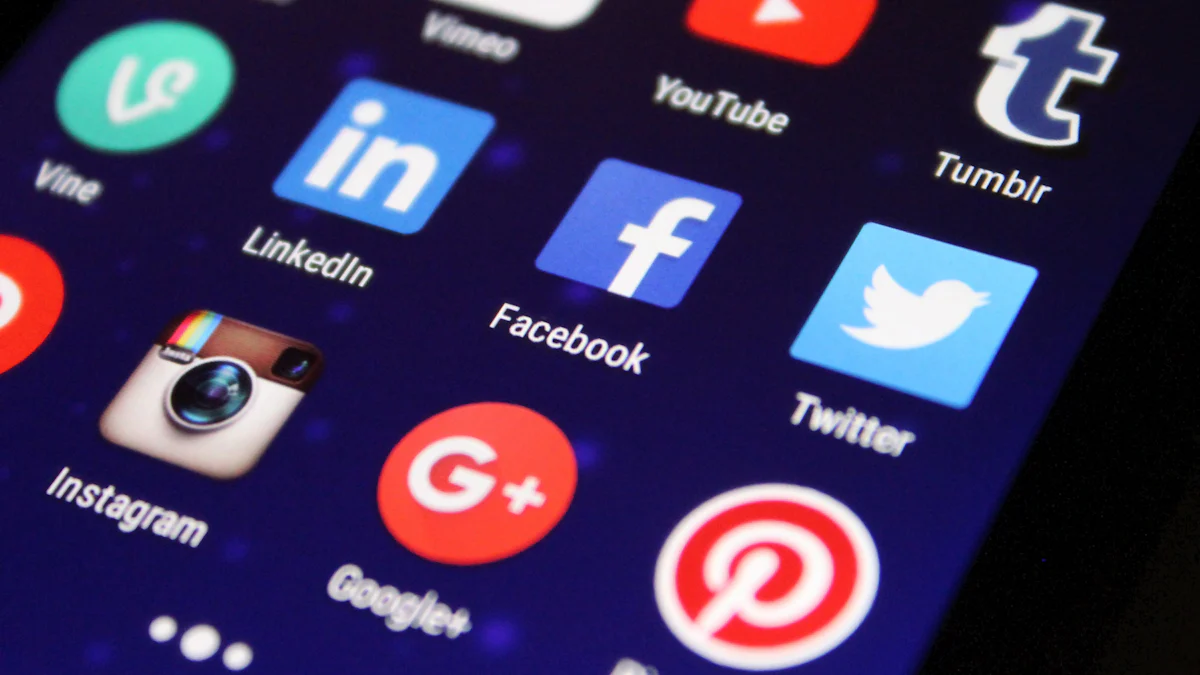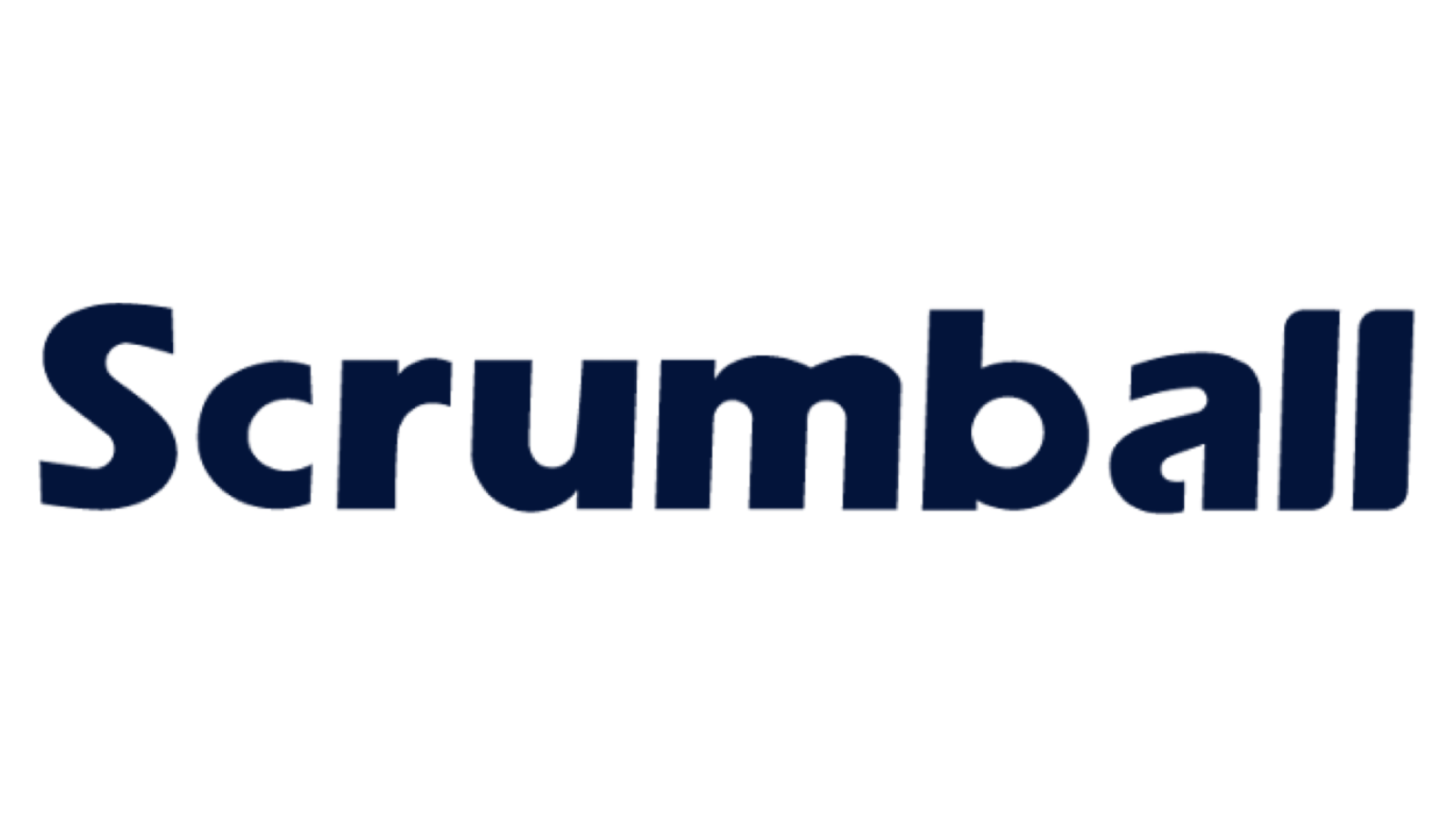A Complete Guide to Facebook Audience Targeting Options

When it comes to reaching the right people, Facebook advertising gives you unmatched precision. With its advanced audience targeting options, you can connect with users based on their demographics, interests, and behaviors. Imagine being able to show your ads to someone who just moved to a new city or recently got engaged. That’s the power of Facebook ads targeting!
The platform’s flexibility doesn’t stop there. You can create custom audiences from your website visitors or customer lists and even find new users who resemble your best customers using Lookalike Audiences. This adaptability helps improve engagement and boosts conversion rates. Did you know that Facebook’s video ads have a 20% higher engagement rate than image ads? It’s clear that fb audience targeting is a game-changer for advertisers like you.
Core Audience Targeting Options

Facebook offers a variety of audience targeting options to help you connect with the right people. Let’s dive into three core methods: demographic targeting, interest-based targeting, and behavioral targeting. Each one allows you to refine your ads and reach users who are most likely to engage with your content.
Demographic Targeting
Demographic targeting lets you reach users based on the personal details they share on Facebook. This includes their age, gender, education, and even life events. For example, you can target newlyweds, parents, or recent graduates. Here are some of the main demographic categories you can use:
- Home
- Work
- Relationships
- Generation
- Financial
- Politics (US)
- Ethnic Affinity
- Education
- Life Events
- Parents
- Household Composition
By focusing on these demographics, you can ensure your ads reach the right audience. For instance, if you’re promoting a luxury product, targeting users with higher financial profiles might yield better results. Demographic targeting improves ad performance by connecting you with users who are more likely to engage. However, keep in mind that privacy regulations and the accuracy of user-provided data can impact the success of this approach.
Interest-Based Targeting
Interest-based targeting allows you to reach users based on their hobbies, activities, and preferences. Facebook’s algorithm analyzes user engagement, such as liked pages, clicked ads, and attended events, to determine their interests. This makes it easier for you to target audiences for Facebook ads who are genuinely interested in your products or services.
Here’s a quick comparison of targeting types:
| Targeting Type | Description |
|---|---|
| Interest Targeting | Reach specific audiences by looking at their interests, activities, the Pages they have liked. |
| Demographic Targeting | Reach people based on education, employment, household and lifestyle details. |
| Behavioral Targeting | Reach people based on purchase behaviors or intents, device usage and more. |
For example, if you’re advertising fitness gear, you can target users who follow fitness pages or attend health-related events. This precise targeting ensures your ads resonate with the right audience.
Behavioral Targeting
Behavioral targeting focuses on users’ actions and habits. It’s a powerful way to reach people based on their purchase behaviors, device usage, or intent signals. For instance, you can target users who recently purchased a smartphone or those actively searching for travel deals.
Here are some behaviors you can target:
- Past purchasing behaviors
- Device type
- Intent data signals
Facebook gathers this information from user profiles and their interactions within the Facebook Audience Network.
While behavioral targeting can be highly effective, privacy considerations are important. Changes in privacy settings and the loss of third-party tracking pixels may limit the accuracy of this data. To overcome these challenges, consider using Facebook’s data sources and independent tracking methods.
Custom Audiences in Facebook Ads Targeting
Custom audiences are one of the most powerful tools in facebook ads targeting. They let you reconnect with people who’ve already interacted with your business. Whether it’s website visitors, customer lists, or app activity, these targeting options help you reach users who are more likely to engage with your ads.
Website Visitors
Have you ever wondered how to retarget people who’ve visited your website? Facebook makes it easy to create a custom audience from your website traffic. This approach helps you stay connected with users who’ve already shown interest in your products or services.
Here’s how you can set it up:
- Log into your Facebook account and open Meta Ads Manager.
- Navigate to the Audiences section and click on Create a custom audience.
- Select Website as your source and click Next.
- Choose which visitors to include, such as All website visitors or People who visited specific web pages.
- Refine your audience further by selecting options like time spent on your site.
- Name your audience and click Create Audience.
This strategy can drive quality traffic back to your website and even boost in-store visits if you have a physical location.
Customer Lists
If you have a list of customers, you can use it to create a custom audience. This method is perfect for targeting people who’ve already purchased from you or shown interest in your business.
Follow these steps to get started:
- Export your customer data as a CSV or TXT file from your CRM.
- In the custom audiences section, select Customer list.
- Upload your file or import it from marketing software like Mailchimp.
- Ensure your data includes identifiers like email addresses or phone numbers.
- Confirm that Facebook has mapped your data correctly, then click Import & Create.
Using customer lists ensures your ads reach the right people. Just make sure your data is clean and up-to-date to maximize effectiveness.
App Activity
If you have a mobile app, you can target users based on their in-app behavior. This is a great way to re-engage users who’ve taken specific actions, like making a purchase or reaching a certain level in your app.
Here’s how to create an app activity audience:
- Register your app with Facebook and set up the Facebook SDK.
- Log app events on the Facebook for Developers site.
- In the custom audiences section, select App activity.
- Choose your app and refine your audience based on actions like adding payment info or completing a purchase.
- Name your audience and click Create.
This approach can increase mobile app installations and keep your existing users engaged.
Custom audiences give you the flexibility to target audiences for facebook ads with precision. Whether you’re retargeting website visitors, reconnecting with past customers, or engaging app users, these options can help you achieve better results.
Lookalike Audiences for Expanding Reach

Expanding your reach on Facebook doesn’t have to feel like a guessing game. Lookalike audiences are a powerful tool that helps you find new users who share similarities with your best customers. By leveraging this feature, you can scale your campaigns while maintaining relevance and precision.
How Lookalike Audiences Work
Lookalike audiences work by analyzing the traits of your existing audience and finding people with similar characteristics. Facebook uses data points like demographics, browsing behavior, and purchase history to create these audiences. For example, if your source audience consists of frequent online shoppers, Facebook will identify users with similar habits. This approach ensures your ads reach people who are more likely to engage or convert.
The effectiveness of lookalike audiences depends on the quality of your source data. A well-defined and larger source audience provides more data points, leading to a more accurate model. Regularly refreshing your source audience with recent data also keeps your targeting sharp.
Steps to Create Lookalike Audiences
Creating a lookalike audience is simpler than you might think. Follow these steps to get started:
- Go to your Audiences section in Meta Ads Manager.
- Select the "Create audience" dropdown and choose "Lookalike audience."
- Pick your source audience. This could be a custom audience, pixel data, app data, or even fans of your Facebook Page.
- Choose the country or countries where you want to find similar users.
- Select your audience size. Smaller percentages (like 1%) offer higher precision, while larger ones (up to 10%) provide broader reach.
- Click "Create audience" to finalize.
By testing different source audiences and percentage models, you can find the perfect balance between precision and reach.
Best Practices for Lookalike Audiences
To get the most out of lookalike audiences, keep these tips in mind:
- Start Small: Begin with a 1% audience size for better accuracy. Gradually expand if needed.
- Use High-Quality Data: Ensure your source audience is relevant and up-to-date.
- Segment Your Source: Break down your source audience by criteria like purchase behavior or demographics.
- Combine Targeting Options: Pair lookalike audiences with other targeting methods for even better results.
- Monitor Performance: Track metrics like conversion rate and cost per acquisition to optimize your campaigns.
Avoid common mistakes like targeting overly broad audiences or neglecting the sales funnel. A focused and data-driven approach will help you maximize the potential of lookalike audiences in your facebook advertising strategy.
Advanced Ad Targeting Options and Strategies
Combining Targeting Options for Precision
Combining different targeting options can take your Facebook advertising to the next level. Instead of relying on a single method, you can layer multiple criteria to refine your audience. This approach ensures your ads reach the right people at the right time. For example, you could target young adults in New York who are interested in technology and recently purchased a smartphone. By narrowing down your audience, you increase the relevance of your ads and improve engagement rates.
This strategy works because it tailors your messaging to specific needs. When you combine demographic, interest-based, and behavioral targeting, your ads feel more personal. Users are more likely to click on an ad that speaks directly to their interests or current situation. Plus, this method saves you money by focusing on high-intent users who are more likely to convert.
A/B Testing to Optimize Campaigns
A/B testing is a game-changer for optimizing your Facebook ads targeting. It allows you to test different versions of your ads to see which one performs better. You can experiment with various elements like headlines, images, or call-to-action buttons. The goal is to identify what resonates most with your audience.
This process not only improves your ad performance but also lowers your advertising costs. By understanding what works, you make it easier for Facebook’s algorithm to deliver results. A/B testing also helps you gather valuable data about your audience. You’ll learn more about their preferences, which can guide your future campaigns. Remember to test one variable at a time for clear insights.
Retargeting Strategies for Better Results
Retargeting is one of the most effective targeting strategies for boosting ad performance. It focuses on users who have already interacted with your business, making them more likely to convert. For instance, you can retarget people who visited your website but didn’t complete a purchase. Dynamic ads are especially useful here, as they showcase products users have already viewed.
To get started, install Facebook Pixel on your website to track user behavior. Then, segment your audience based on their actions, such as adding items to their cart or spending time on specific pages. This segmentation allows you to deliver highly personalized ads. Engagement retargeting is another powerful tactic. It targets users who interacted with your Facebook or Instagram posts, keeping your brand top of mind.
By combining advanced targeting options with retargeting, you can create a highly effective campaign. This approach ensures your ads reach users who are most likely to engage, saving you time and money while driving better results.
Facebook gives you the tools to connect with your ideal audience and drive results. By using core, custom, and lookalike audiences, you can refine your targeting and create campaigns that truly resonate. Start by leveraging lookalike audiences based on your best customers. Adjust the similarity percentage to balance precision and reach. Dive into detailed targeting options in Ads Manager to better understand your potential customers.
Experimentation is your secret weapon. Upload customer email lists or use CRM data to create custom audiences. Test seasonal or location-based targeting to maximize engagement. Continuous testing helps you discover what works, saving time and money while improving your ads over time.
Keep in mind, Meta Advantage+ can simplify targeting by automating audience selection. This feature is perfect if you want to optimize campaigns with less manual effort.
Mastering Facebook ads targeting takes time, but with these strategies, you’ll be well on your way to success.
FAQ
What is the best way to start with Facebook audience targeting?
Start by defining your ideal customer. Use demographic, interest-based, or behavioral targeting to narrow down your audience. If you already have customer data, create custom audiences. Testing different options helps you find what works best.
How can I improve my ad performance?
Experiment with A/B testing. Try different headlines, images, or calls-to-action to see what resonates. Combine targeting options for precision. Retarget users who’ve interacted with your business to boost conversions.
Are lookalike audiences worth using?
Absolutely! Lookalike audiences help you find new users similar to your best customers. They’re great for scaling campaigns while maintaining relevance. Just ensure your source audience is high-quality and up-to-date.
How often should I update my custom audiences?
Update them regularly. Fresh data ensures your ads stay relevant. For example, refresh your customer lists monthly or after major sales events. This keeps your targeting accurate and effective.
Can I target users who’ve interacted with my app?
Yes! Use app activity targeting. Track in-app behaviors like purchases or level completions. Then, create custom audiences based on these actions. It’s a great way to re-engage users and drive more activity.
See Also
Comprehensive Tips for Choosing the Right Influencer Platform
Effective Techniques for Social Media Whitelisting Success
Unlocking Instagram's Branded Content Features for Maximum Impact
Harnessing Instagram's Branded Content Tools for Optimal Results
Seven Essential Steps to Create a Winning Influencer Strategy
